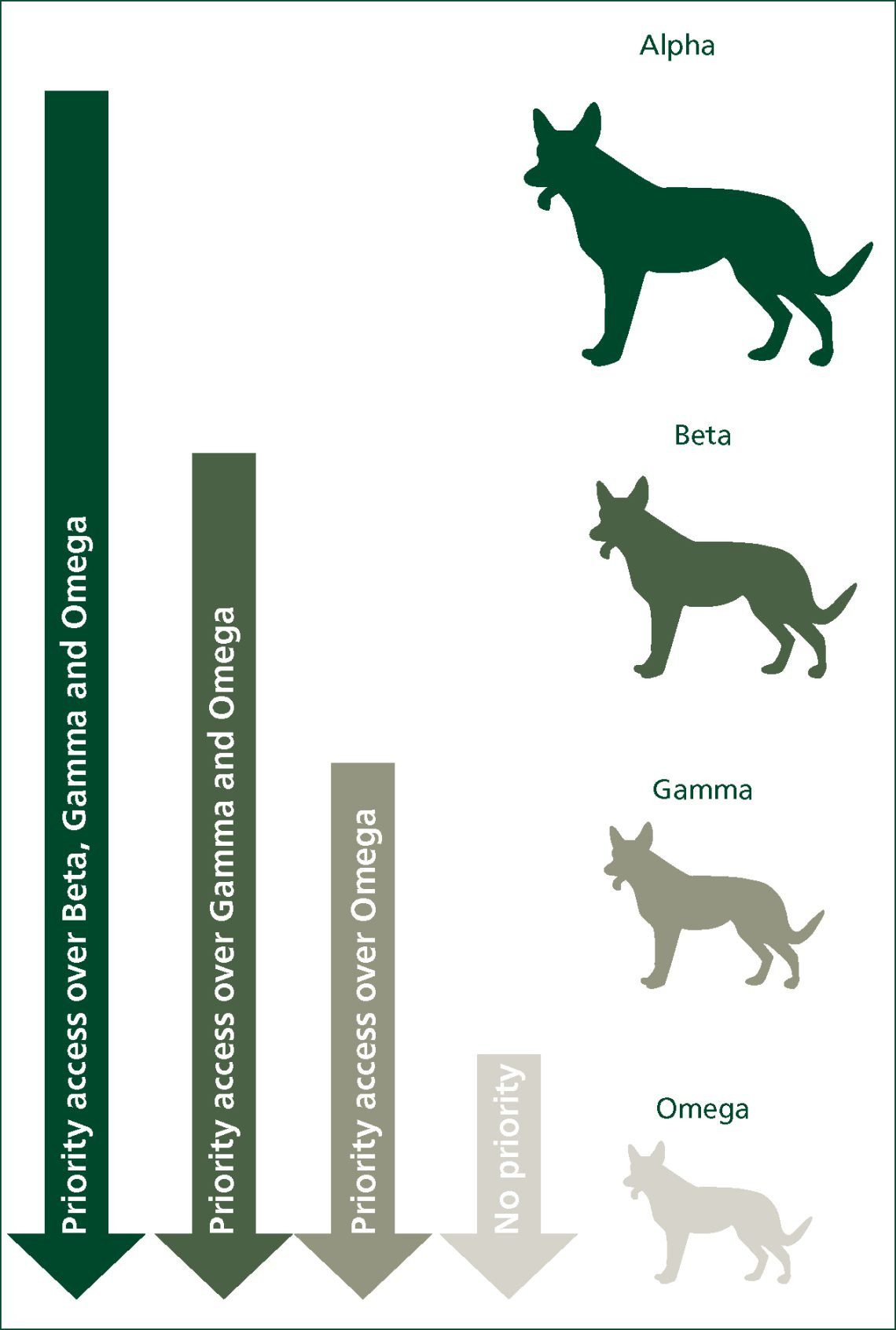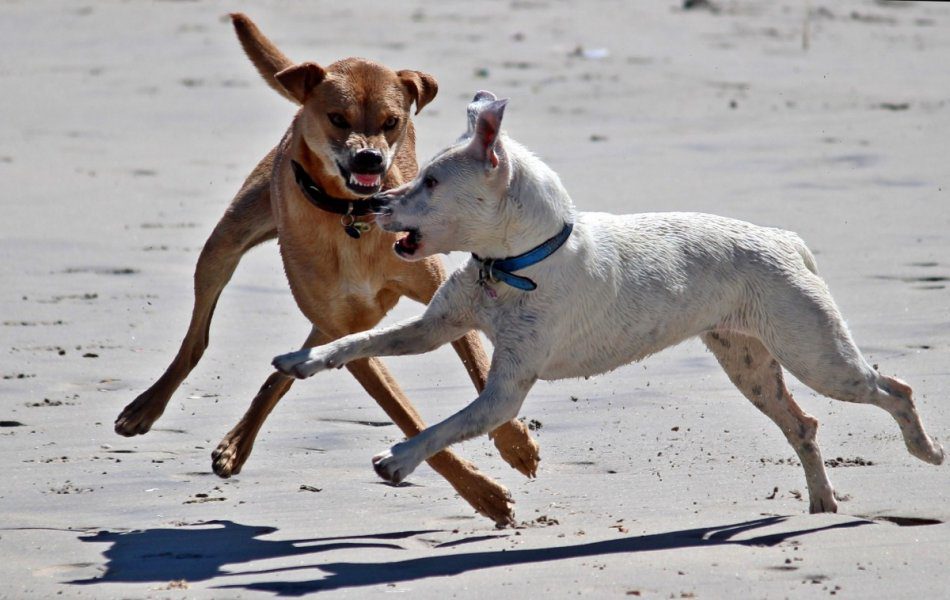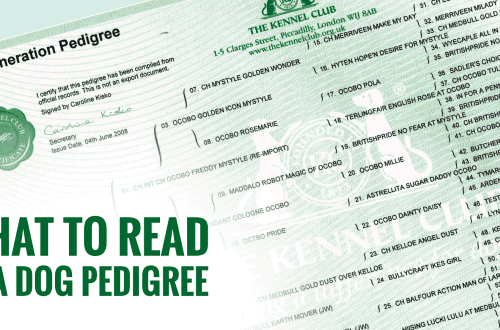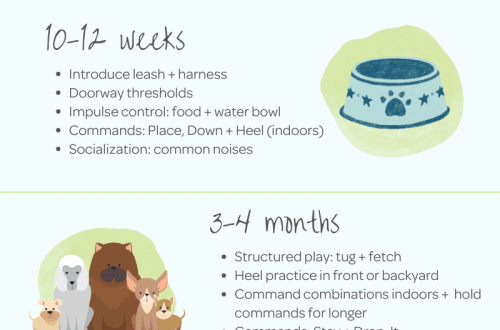
What is dominance in dogs?
Surely you have heard more than once from some owners: “My dog is dominant!” Sometimes this is said with pride, sometimes – to justify the “bad” behavior of the dog or harsh methods of education – they say, with the “dominant” there is no other way. What kind of terrible beast is this – “dominance” in dogs and are there “dominant” dogs?


Photo: www.pxhere.com
Dog behavior and dominance
The behavior of any dog as a member of its species includes several components, including social behavior. Social behavior, in turn, is heterogeneous and includes, for example, parental behavior, infantile (childish), affiliative (friendly), aggressive (or agonistic) behavior, and so on.
Agonistic (aggressive) dog behavior includes threats (sharp approach, direct gaze, threatening posture, grin, growl, barking) and attack (biting, etc.) Another part of aggressive behavior is submission behavior, including signals of reconciliation, retreat , postures of submission, demonstration of elements of infantile behavior.




Photo: pixabay
The behavior of submission is necessary, because if the animals constantly demonstrate threats and attack each other, they will simply die out as a species: in a fight, not only the loser suffers, but also the winner. So, from the point of view of evolution, it is much more beneficial for both conflicting parties to sort things out without an attack, with the help of rituals.
It is agonistic (aggressive) behavior that is associated with dominance in dogs.
What is dominance in dogs (and not only)?
Dominance in dogs, like in any other animal, is a form (just one of the forms) social behavior in which the dominant animal has a higher status. This is defined simply: a dominant can cause a subdominant animal (with a lower status) to stop doing what it is doing, or change its behavior.
That is, it is impossible to determine that a dog is dominant if there is no one around who would demonstrate the behavior of submission. Domination is simply impossible without reciprocal subordination of another living being.
It is important to remember that dominance is not a constant characteristic of a particular animal, so it is not too correct to say that a “dog is dominant”. Dominance is a variable characteristic of the relationship between several members of the same species (or different species).
That is, in some conditions, a particular dog may be a dominant among specific relatives, and in other conditions (or in a different company), it is a subdominant. There are no “dominant” animals, for example, by the fact of birth, “doomed” to carry out this “mission” for the rest of their lives in any conditions.
However, there are innate characteristics and life experiences that give a particular animal more or less chance of dominating a particular company. But what is more important – life experience or innate characteristics – scientists have not yet determined. It is possible that a combination of both is important.
If a dog exhibits submission postures, avoidance or retreat behaviors, or infantile responses, then it is currently recognizing that the “interlocutor” (whether it be a human or another dog) has a higher status. However, it is important to know and understand these signals, since people, unfortunately, too often “leave them past their ears” and thereby, intensifying their own aggression against the dog (for example, by excessive punishment), provoke the pet to retaliate (solely out of desperation) , and then they label him as “dominant” and give themselves a “green light” for extremely harsh and unjustified ways of “correcting” behavior, often exacerbating problems even more.







